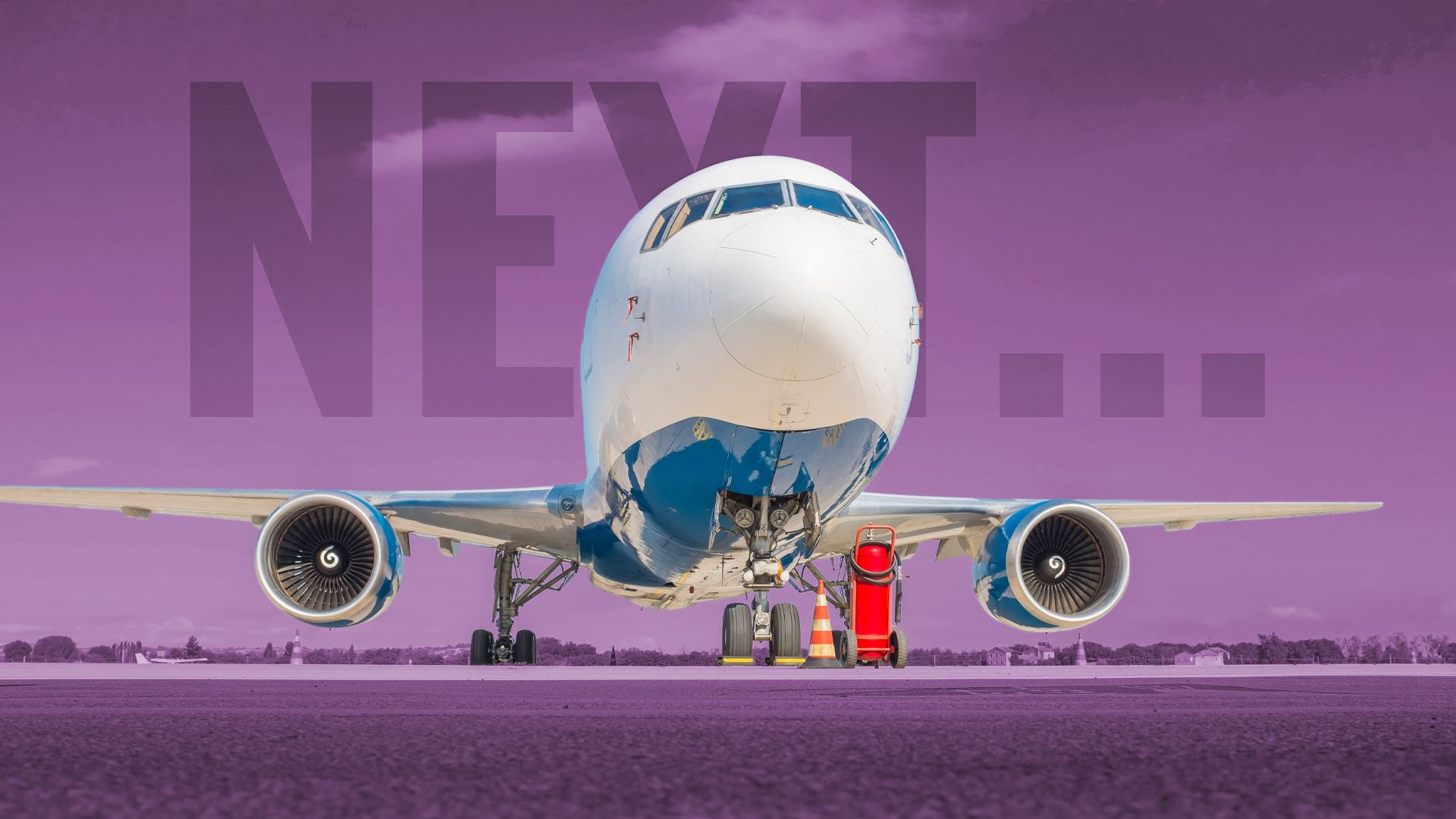World
A330neo Set to Replace Boeing 767 as Airlines Adapt to New Norms

The iconic Boeing 767 is facing an uncertain future as the aviation industry adapts to new emissions regulations. Since its first flight in September 1982, the 767 has been a staple in passenger aviation, with a total of 1,341 units delivered. However, as maintenance costs rise and environmental standards tighten, airlines are beginning to look for replacements. The A330neo from Airbus is emerging as a leading contender.
As of September 2023, the aviation sector is under pressure to comply with new emissions guidelines established by the International Civil Aviation Organization (ICAO), which will take effect in 2028. Under these new regulations, all certified aircraft must meet strict CO2 emission standards. Currently, many existing aircraft, including the 767, do not meet these future requirements.
A330neo: The First to Meet New Emissions Standards
The Airbus A330neo has recently received certification from the European Union Aviation Safety Agency (EASA) as the first aircraft to comply with the post-2028 environmental regulations. This certification positions the A330neo as a strong successor to the Boeing 767, particularly for airlines willing to shift away from Boeing.
The A330-900, the first variant of the A330neo, was delivered to TAP Air Portugal in November 2018, followed by the A330-800 in October 2020 to Kuwait Airways. The A330neo boasts a significant 14% improvement in fuel economy per seat compared to its predecessor, the A330ceo, according to Airbus data. Condor, a German airline, has dubbed the A330neo “the 2-liter aircraft,” highlighting its impressive fuel efficiency of just 2.1 liters per 100 kilometers per passenger.
The efficiency of the A330neo is largely attributed to its Rolls-Royce Trent 7000 engines, which feature a high bypass ratio that enhances fuel consumption. With a range of 7,200 nautical miles and a maximum takeoff weight of 553,400 pounds, the A330neo provides airlines with a robust option for medium to long-haul routes.
Comparing Contenders: A330neo vs. Boeing 787-9
While the A330neo is gaining traction, the Boeing 787-9 Dreamliner remains a strong competitor in the market. Introduced in October 2011, the 787-9 has a more modern design and is noted for its fuel efficiency. According to the i6 Group, the 787-9 burns approximately 2.31 liters of fuel per 100 kilometers per passenger, which is slightly more efficient than the A330neo.
Despite the A330neo’s advantages, the 787-9’s lighter frame and advanced composite materials contribute to its superior performance. The A350-900, another aircraft in competition with the A330neo, offers greater range and capacity, but the 787-9 edges ahead in fuel efficiency in typical multi-class layouts.
The aviation community is engaged in discussions regarding the suitability of these aircraft for medium and long-haul flights. While the A330neo is lauded for its efficiency on shorter routes, the 787-9 is seen as a better fit for longer distances due to its larger fuel capacity.
Airlines that currently operate Boeing aircraft face a significant challenge in switching to Airbus models like the A330neo. The cost of retraining crews and adapting maintenance practices creates a barrier to entry. As a result, existing Airbus operators are more likely to consider the A330neo as a replacement for older aircraft such as the 767.
Condor has made a decisive move by ordering 16 A330neos to replace its aging fleet of 767s. The airline emphasizes the A330neo’s environmental credentials, stating it can reduce CO2 emissions by 20% on similar routes. Condor’s decision reflects a broader trend in the industry as airlines seek to minimize their environmental footprint.
In summary, the transition from the Boeing 767 to the Airbus A330neo represents a significant shift in the aviation landscape. As airlines prepare for the upcoming emissions regulations, the A330neo stands ready to fill the gap left by the retiring 767, marking the beginning of a new era in sustainable aviation.
-

 Business5 days ago
Business5 days agoUK to Finalize Stablecoin Regulations by 2026, Boosting Crypto Sector
-

 Business5 days ago
Business5 days agoU.S. and U.K. Target Cybercriminal Networks, Seize $15 Billion
-

 World4 days ago
World4 days agoMilitary Artillery Plan Sparks Safety Concerns Along California Highway
-

 Lifestyle5 days ago
Lifestyle5 days agoKISS OF LIFE’s Natty Dazzles in Micro-Shorts at Seoul Event
-

 Sports5 days ago
Sports5 days agoDomenico Doran’s Stellar Performance Leads Bishop Amat to Victory
-

 World5 days ago
World5 days agoTrump Signals Reluctance to Sell Tomahawk Missiles to Ukraine
-

 Business5 days ago
Business5 days agoCalifornia to Eliminate All Plastic Bags from Stores by 2026
-

 Entertainment5 days ago
Entertainment5 days agoLouisiana Senate Raises Concerns Over Medicaid Cuts Amid New Bill
-

 Entertainment5 days ago
Entertainment5 days agoUtah Communities Rally as Government Shutdown Strains Resources
-

 Sports5 days ago
Sports5 days agoTrade Low, Trade High: Key NHL Players to Consider Now
-

 Science2 days ago
Science2 days agoAncient Dinosaur Discovery in Argentina Reveals Evolutionary Insights
-

 Health2 days ago
Health2 days agoUncovering the Hidden Link Between Knee Pain and Hip Issues









